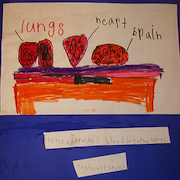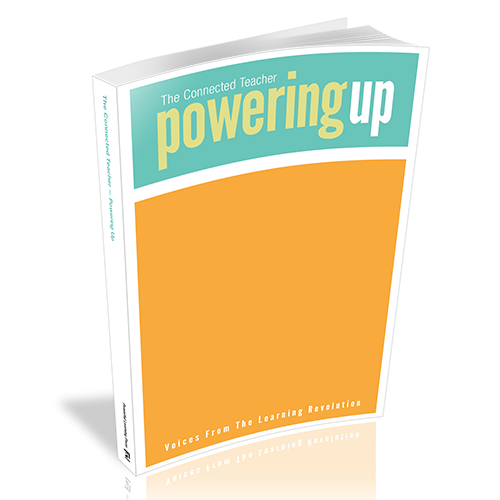 I’ve thought for many years that it was a good idea to have first grade students self-assess and get involved in their own evaluation. We start most classes by discussing what the students will be learning in that time period. We pause at the end (and sometimes in the middle) of lessons to do a quick self-reflection of either their understanding or their work habits. (We put our fist on our hearts with our thumb either up or down.) I’ve had students colour in happy or sad faces to indicate how well they think they have learned a skill. I’ve been on board!
I’ve thought for many years that it was a good idea to have first grade students self-assess and get involved in their own evaluation. We start most classes by discussing what the students will be learning in that time period. We pause at the end (and sometimes in the middle) of lessons to do a quick self-reflection of either their understanding or their work habits. (We put our fist on our hearts with our thumb either up or down.) I’ve had students colour in happy or sad faces to indicate how well they think they have learned a skill. I’ve been on board!
I’ve also nodded sagely as people discussed whether students should help create their own assessment rubric. Of course they should. Why doesn’t everyone do this, I wondered? It just never occurred to me to do it in MY classroom. Having students actually create their assessment tool was just not something I did. It wasn’t that I didn’t think my students could do it. I somehow didn’t get my thinking from the “should” to the “I’m doing it.”
Until this week. This week I asked the students to help me build the rubric we would use to evaluate their projects.
Building the Rubric

The rubric we created together
We were just coming to the end of a section of learning about our heart, lungs and brain. My school division has four levels of achievement, based on our provincial curriculum—Limited, Adequate, Proficient and Excellent. Those were a given. Together (with a significant amount of input from me—I hope this will get easier next time) we decided that their projects should include three things: illustrations, information about each body part, and information about how to keep these body parts healthy.
I showed this to my students and talked about what the four descriptors at the top meant. They all wanted to be excellent. (Don’t we all?) What did they think would be excellent? Proficient? Together, we filled in the boxes of the rubric.
Showing the Learning
Next, we talked about ways they COULD show me what they had learned. The options they thought of included making a video, making a screencast, drawing a digital picture and using Audioboo. I introduced one more way of showing their learning that they had not yet tried. A good old-fashioned poster.
Perhaps because of the novelty or perhaps because of the variety of colours the posterboard came in, the poster proved to be the most popular choice by far.
It was interesting to observe the students as they were working on their project. Some clearly still had that “Excellent” in their head as they worked to meet the standards we had set. Another child said, “No, I’m good with the other one” and finished his project early.

A student's final project
The last student, who was struggling to finish her poster, paused in her work to look up at me. “Are you finished?” I asked. She looked at the rubric on the whiteboard. “Right now your poster would be here–adequate,” I told her.
“No”, she said, “I want to be excellent.” So we sat down together to make it so.
It doesn’t get better than that.
Image credits: Kathy Cassidy, Flickr
Kathy Cassidy
Latest posts by Kathy Cassidy (see all)
- Technology in the Classroom: Embrace the Bumpy Ride! - March 21, 2019
- Passion Based Learning (PBL) in Primary: Making Up the Rules - March 13, 2019
- Passion Based Learning (PBL) in the Primary Grades: Who Asks the Questions? - February 17, 2019


Moving from the ‘should’ to the ‘I’m doing it’ is a hurdle (for a number of reasons – time, effort etc) but one that great teachers make, regularly. Thank you for sharing your leap as what you’ve outlined above seems possible – I can do that too! Thanks again Kathy 😀
It looks like your students really care about their learning! Great job for them 🙂
That is the key, isn’t it? To have students care about their learning and to want to learn. That concept is what attracted me to PBL in the first place.
Hi, i feel that i noticed you visited my blog so i came to ?return the want?.I am attempting to to find things to enhance my site!I guess its good enough to use a few of your ideas!!
Hi. I struggle with having the kids design their own modes of assessment when it is not “content” related but rather skill related. For example, when the reading unit is skills based, like “Readers predict and check predictions.”
How do they design the assessment themselves and what are the options for demonstrating knowledge, other than they read to me and I monitor. Writing is like this, as is Math, more so than a specific content objective like “the heart” or “penguins.”